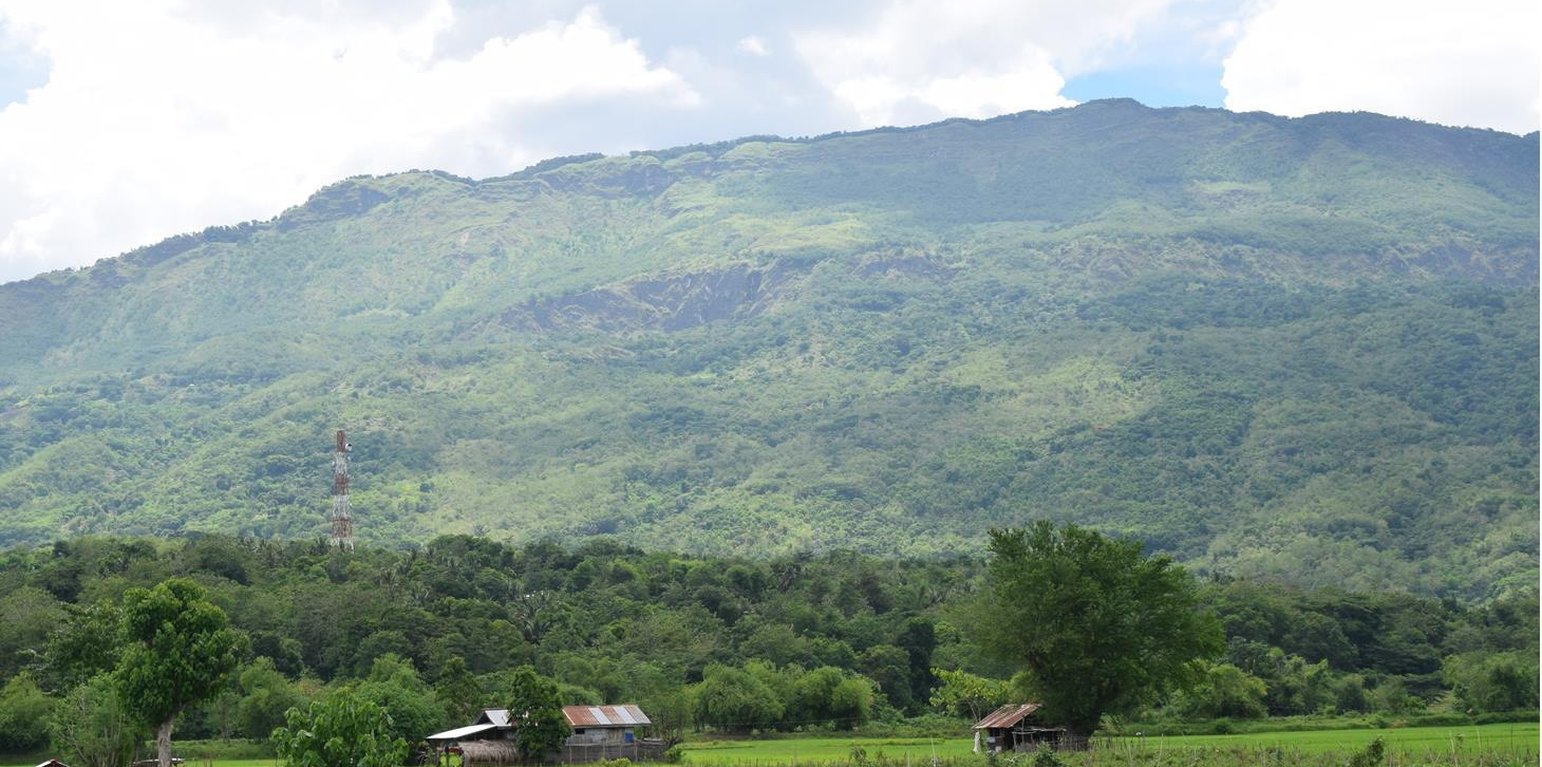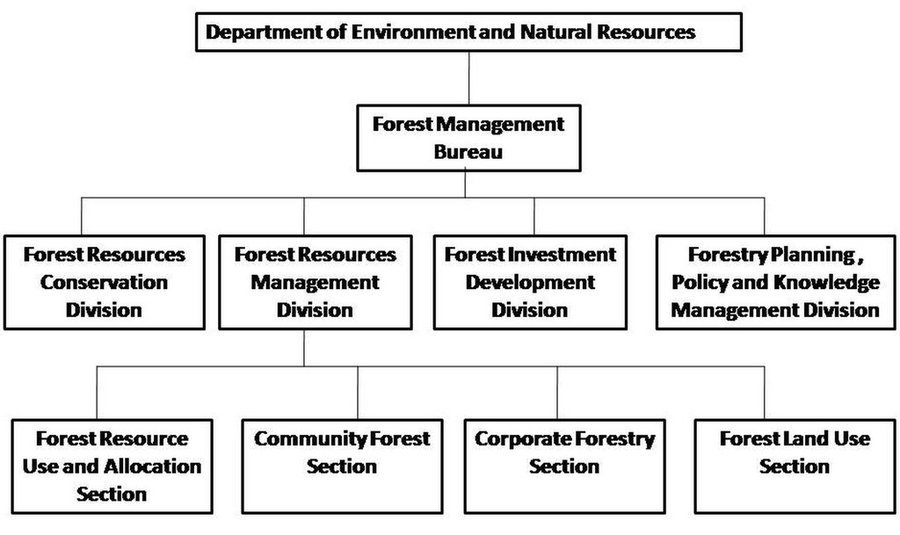



The objectives of the CBFM are the following: to develop, protect, conserve and utilize forest lands through sustainable forest management practices; to generate additional income for forest communities towards poverty reduction and hunger mitigation in the uplands; to promote equity through the provision of long term land tenure security and access to forest resources through issuance of CBFM agreements and certificate of stewardship; and to enhance the capacity of CBFM agreement holders as climate-resilient forest land resources managers.
The methods involved in the approach include agroforestry, plantation establishment, enrichment planting ,forest protection and conservation of existing forests. Agroforestry is the combination of forest trees, fruit trees and annual crops including livestock in the same piece of land. Plantation establishment is growing of forest trees in degraded grassland areas. Part of the enrichment planting is growing of rattan 'littuko', fruit trees, and indigenous species (dipterocarp,etc) along with existing trees in the area to improve forest cover and species diversification.
The project of CBFM in Nueva Vizcaya was initiated in 1998 and ended in 2002.The stages of implementation started with the preparatory stage, then the People's Organization formation and issuance of tenure instrument. It was followed by the planning stage, implementation stage then the monitoring, assessment and reporting stage.
The stakeholders in the approach are the Department of Environment and Natural Resources (DENR), Community or the People's Organization (PO), Local Government Unit (LGU), Non-government organizations, other government agencies, academe, private sector and donor institution. DENR provided the funding support in the implementation of CBFM, twenty five(25) years security of tenure renewable for another 25 years to qualified organization of forest occupant in the management of forestlands thru CBFM agreement, provision of technical assistance, formulation of guidelines, monitoring and evaluation. The POs serve as managers of the forestlands allocated to them through CBFM agreement. They are responsible in the development, protection, and maintenance of the area. The LGU provides support to communities in the implementation of CBFM within its jurisdiction.
Lugar: Bayombong, Filipinas
Dato de inicio: 1998
Año de conclusión: 2002
Tipo de Enfoque| ¿Qué partes interesadas/ entidades implementadoras estuvieron involucradas en el Enfoque? | Especifique las partes interesadas | Describa los roles de las partes interesadas |
| usuarios locales de tierras/ comunidades locales | Communities living within and near forests dependent on the resources for livelihood including indigenous people | |
| especialistas MST/consejeros agrícolas | Department of Environment and Natural Resources | |
| investigadores | Nueva Vizcaya State University |
Organizational structure of the Forest Management Bureau at the National Level Showing the location of the community forestry section where CBFM is the major concern (DENR-FMB)

Las decisiones fueron tomadas por
La toma de decisiones se basa en
Done by the Nueva Vizcaya State University (NVSU) and the DENR-ITTO CBFM Project, Doctorate students from Nepal and Myanmar and Masteral students from DENR.
El trabajo de los usuarios de las tierras fue
Significant increase in forest cover through rehabilitation of grasslands to forest plantation. Enhanced natural regeneration through effective forest protection, enrichment planting of dipterocarp species,rattan, and multi-storey agroforestry development.
They were made stewards of forestlands for 25 years,renewable for another 25 years. Also, they were granted use rights and more than 50% of the Peoples' Organization are with active registration and qualified to enter into livelihood development contract with the DENR thru National Greening Program(NGP) and CBFM-CARP.
The security of tenure (CBFM Agreement) provides long-term (50 years) stewardship and resource use rights based on approved strategic plan.
According to the study conducted by the DENR-Ecosystems Research and Development Bureau (ERDB), an increase in income of CBFM beneficiaries was realized.
There are 1,884 communities implementing the CBFM approach nationwide. In the case of Brgy. Buenavista, its neighboring barangay Busilac have started to adopt the CBFM approach.
The CBFM project at Barangay Buenavista, Bayombong, Nueva Vizcaya had financial support from the International Tropical Timber Organization (ITTO) and the DENR from 1998-2002.It was then turned-over to the Federation of Vista Hills, Kalongkong, and Kakilingan. Thereafter, the CBFM area has improved significantly in terms of forest cover, biodiversity and organizational capacity.The Federation is the manager of the forestland and its resources with the LGU and DENR providing monitoring technical support; minimal and limited financial assistance through the NGP and CBFM-CARP.